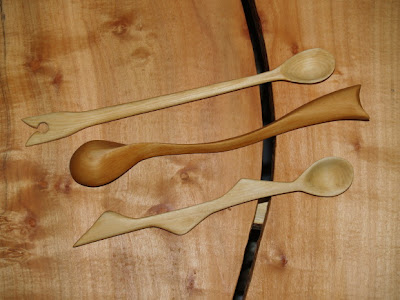 "To know the 'use' either of land or tools you must know what useful things can be grown from the one and made with the other. And therefore to know what is useful, and what useless, and be skillful to provide the one and wise to scorn the other, is the first need for all industrious men. Wherefore, I propose that schools should be established wherein the use of land and tools shall be taught conclusively -- in other words, the sciences of agriculture (with associated river and sea culture), and the noble arts and exercises of humanity." -- John Ruskin, 1881
"To know the 'use' either of land or tools you must know what useful things can be grown from the one and made with the other. And therefore to know what is useful, and what useless, and be skillful to provide the one and wise to scorn the other, is the first need for all industrious men. Wherefore, I propose that schools should be established wherein the use of land and tools shall be taught conclusively -- in other words, the sciences of agriculture (with associated river and sea culture), and the noble arts and exercises of humanity." -- John Ruskin, 1881"In tracing the course of invention and discovery, I found that I was moving in the line of the progress of civilization. I found that the great gulf between the savage and the civilized man is spanned by the seven hand-tools -- the axe, the saw, the plane, the hammer, the square, the chisel, and the file -- and that the modern machine-shop is an aggregation of these tools driven by steam. I hence came to regard tools as the great civilizing agency of the world. With Carlyle I said, "Man without tools is nothing; with tools he is all." From this point it was only a step to the proposition that, It is through the arts alone that all branches of learning find expression, and touch human life. Then I said, The true definition of education is the development of all the powers of man to the culminating point of action; and this power in the concrete, the power to do some useful thing for man -- this must be the last analysis of educational truth." -- Charles Henry Hamm in the preface to his book, Mind and Hand, 1886.
The early introduction of crafts in schools and the sustained use of crafts throughout educational life link knowledge inseparably with subsequent action. Shown in the photo above are my latest spoons carved while the students were working on their own. There has been some discussion over the years whether or not is is good for teachers to model their work and enthusiasm for their work. What do you think? I think it is a no-brainer. Today, 5th and 6th grade teacher Andrea Brinton cut and fitted her first dovetails, making a small drawer to fit a box. Her high level of enthusiasm for what we do in the wood shop helps reinforce the value of the Wisdom of the Hands program. And her love of learning presents a model our students are challenged to emulate.
no brainer for sure.
ReplyDeleteIf I think back to the teachers I had who I learned the most from and values applicable to my life also, it was those who showed unabashed enthusiasm for their work and the work of their students.
I agree with Dana. How else will students see how much fun it is to do this kind of work?
ReplyDeleteMario